Car Starter for Manual Transmission: A Comprehensive Guide
Exploring the intricacies of remote car starters for manual transmission vehicles offers a unique perspective. Understanding compatibility‚ safety features‚ and installation processes is essential. This guide provides insights into navigating these complexities‚ ensuring informed decisions for enhancing vehicle convenience and security.
Remote car starters‚ once primarily associated with automatic transmissions‚ are now increasingly adaptable for manual vehicles. This evolution has introduced both convenience and complexity‚ demanding careful consideration of safety and compatibility. Unlike automatic cars that have a definitive “park” position‚ manual transmissions require specialized systems to ensure safe remote starting. These systems often incorporate features such as neutral confirmation sensors and parking brake engagement protocols‚ preventing accidental vehicle movement. The installation process is more intricate‚ often necessitating a skilled technician to overcome challenges unique to manual transmissions.
The growing demand for convenience has driven advancements in remote starter technology‚ making it feasible to integrate these systems into a wider range of vehicles. However‚ the potential risks associated with manual transmissions necessitate a thorough understanding of the system’s functionality. Ensuring the system is correctly installed and configured is paramount. Advanced remote starters are designed with multiple safety measures to mitigate hazards‚ but the onus remains on the user to understand and adhere to safe operating practices. As the technology evolves‚ it is crucial to stay informed about best practices and available safety features.
Is it Possible? Compatibility Overview
The question of whether it’s possible to install a car starter on a manual transmission vehicle is often met with cautious optimism. Yes‚ it is indeed possible‚ but not as straightforward as with automatic vehicles. Manual transmissions lack the inherent safety of a “park” position‚ requiring specialized systems to prevent unintended movement during remote start. This necessitates a careful assessment of compatibility with the vehicle’s make‚ model‚ and year. Not all remote starters are created equal‚ and selecting the right one is crucial for both functionality and safety.
A thorough compatibility overview involves consulting with qualified technicians or manufacturers to determine if a particular system is suitable for your vehicle. Factors such as the presence of specific electronic systems‚ wiring configurations‚ and the type of clutch mechanism can influence compatibility. Some vehicles may require additional components or modifications to ensure seamless integration. It’s also important to consider the complexity of the installation process‚ as improper installation can compromise the system’s safety features. Therefore‚ understanding the nuances of compatibility is paramount before proceeding with a remote starter installation on a manual transmission vehicle.
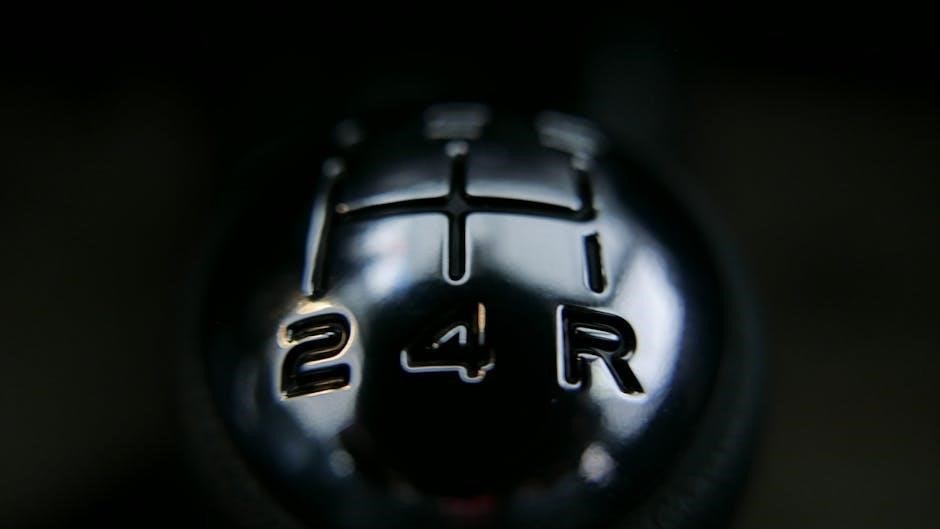
Safety Considerations: Neutral Safety Switch and Parking Brake Engagement

When dealing with manual transmission vehicles‚ safety is paramount. Unlike automatics‚ manuals lack a park position‚ making proper safety mechanisms crucial for remote starters. The neutral safety switch is a key component‚ ensuring the starter only engages when the car is in neutral. This prevents accidental starting while in gear‚ averting potential collisions. Some systems also utilize a clutch safety switch‚ requiring the clutch pedal to be fully depressed before starting‚ adding another layer of protection.
Another vital safety feature is the reliance on parking brake engagement. The remote starter should be designed to function only when the parking brake is firmly applied. This prevents the vehicle from rolling if left in gear. Regular maintenance and inspection of these safety features are essential to ensure their proper functioning. Ignoring these safety considerations can lead to hazardous situations‚ emphasizing the need for professional installation and thorough testing. Choosing a system with robust safety features and adhering to strict usage guidelines is crucial for responsible remote starter operation in manual transmission cars.
Clutch Bypass Connection: Simulating Clutch Pedal
The clutch bypass connection is a critical aspect of installing a remote starter in a manual transmission vehicle. Unlike automatic cars‚ manual cars require the clutch pedal to be depressed during starting. To circumvent this‚ the remote starter system needs a way to simulate the clutch pedal being pressed. This is achieved through a clutch bypass module‚ which electronically mimics the action of the clutch pedal.
This module typically connects to the vehicle’s wiring and sends a signal that fools the car into thinking the clutch is engaged. The connection must be precise to ensure reliable starting and prevent damage to the car’s electrical system. There are remote starters like Compustar that use this to remotely start the engine. Improper installation of the clutch bypass connection can lead to various issues‚ including the car not starting or‚ more dangerously‚ starting while in gear. Therefore‚ a skilled technician is required. The clutch bypass is essential for a safe and functional remote start.
Vehicle Compatibility: Specific Make and Model Challenges
When considering a remote starter for a manual transmission vehicle‚ vehicle compatibility is paramount. Not all remote starter systems are universally compatible‚ and certain makes and models present unique challenges. These challenges can stem from differences in the car’s electrical system‚ clutch mechanisms‚ or security features. Some vehicles may require specific bypass modules or custom wiring configurations to ensure proper functionality.
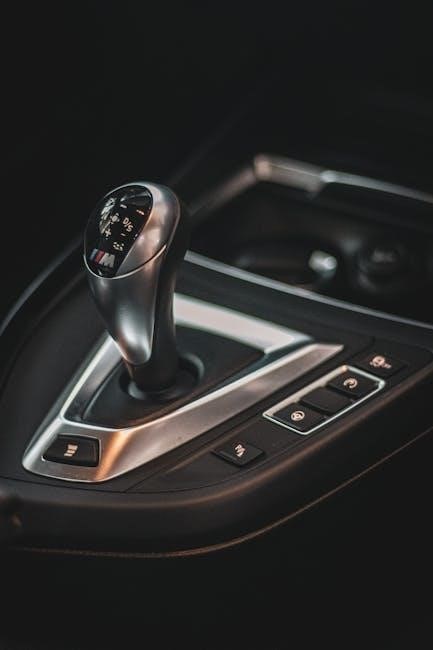
Consulting with a qualified technician is crucial to determine if a desired system is compatible with your vehicle’s specific make and model. They can assess the car’s existing systems and recommend a remote starter solution that addresses any potential compatibility issues. Ignoring these challenges can lead to installation difficulties‚ system malfunctions‚ or even damage to the vehicle.
Thorough research and professional guidance are essential for a successful and safe remote starter installation in a manual transmission car.
Brands and Models: Compustar and EasyGuard
When selecting a remote starter for a manual transmission vehicle‚ considering reputable brands and models is crucial for ensuring safety and reliability. Compustar stands out as a leading brand known for its compatibility with manual transmissions‚ offering advanced features like the DAS-II Security Sensor. This innovative sensor enhances safety by confirming neutral position before starting‚ minimizing accidental movement risks. Compustar systems often incorporate a clutch bypass connection‚ simulating the clutch pedal for remote start activation.
EasyGuard offers user-friendly options like the Remote Engine Start System; With a compact design and easy installation‚ EasyGuard provides a straightforward solution for remote starting. While both brands offer excellent choices‚ Compustar’s specialized safety features make it a safer option.
Ultimately‚ choosing the right brand and model depends on individual needs and preferences. Researching specific features‚ compatibility‚ and user reviews is essential for making an informed decision. Consulting with a professional installer can provide valuable insights and ensure proper selection for your manual transmission vehicle.
Installation Process: Professional vs. DIY
Installing a remote starter in a manual transmission vehicle involves intricate wiring and safety considerations‚ raising the question of professional installation versus a do-it-yourself (DIY) approach; While DIY installation might seem appealing to save costs‚ it’s crucial to acknowledge the complexities involved. Manual transmission vehicles require specific connections‚ such as clutch bypass and neutral safety switch integration‚ which demand technical expertise.
Professional installers possess the necessary knowledge and experience to ensure proper functionality and safety. They can navigate vehicle-specific wiring diagrams‚ configure safety features‚ and troubleshoot potential issues effectively. Improper installation can lead to system malfunctions‚ electrical damage‚ or even compromise vehicle safety.
Conversely‚ DIY installation can be a viable option for individuals with advanced automotive electrical knowledge and experience. However‚ thorough research‚ access to accurate wiring diagrams‚ and a comprehensive understanding of safety protocols are essential. Given the potential risks‚ opting for professional installation is generally recommended to guarantee a safe‚ reliable‚ and properly functioning remote starter system for your manual transmission vehicle.
Potential Risks: Leaving Car in Gear
One of the most significant potential risks associated with installing a remote starter in a manual transmission vehicle is the possibility of leaving the car in gear. Unlike automatic transmissions‚ manual vehicles do not have a designated “park” position to prevent movement. If the vehicle is left in gear and the remote starter is activated‚ the car could lurch forward or backward‚ potentially causing damage or injury.
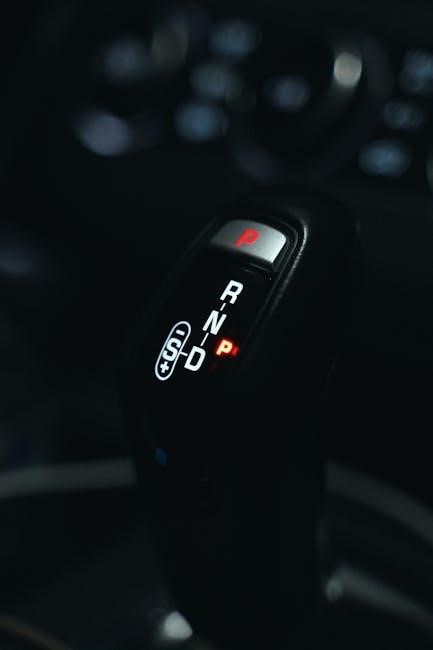
This risk is particularly acute in situations where the parking brake is not engaged or is not functioning correctly. Even with the parking brake applied‚ a significant incline or slippery surface could overcome the brake’s holding force‚ leading to unintended movement.
To mitigate this risk‚ it is imperative to develop a habit of always ensuring the vehicle is in neutral and the parking brake is firmly engaged before exiting. Furthermore‚ advanced remote starter systems often incorporate safety features such as neutral safety switch bypass or clutch pedal simulation‚ which prevent the engine from starting unless specific conditions are met. However‚ relying solely on these features is not a substitute for responsible driving habits.
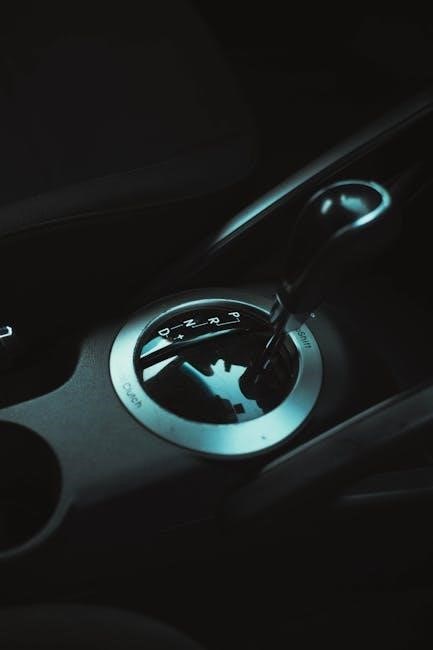
Essential Features: Manual Transmission Compatibility or Neutral Safety Switch Bypass
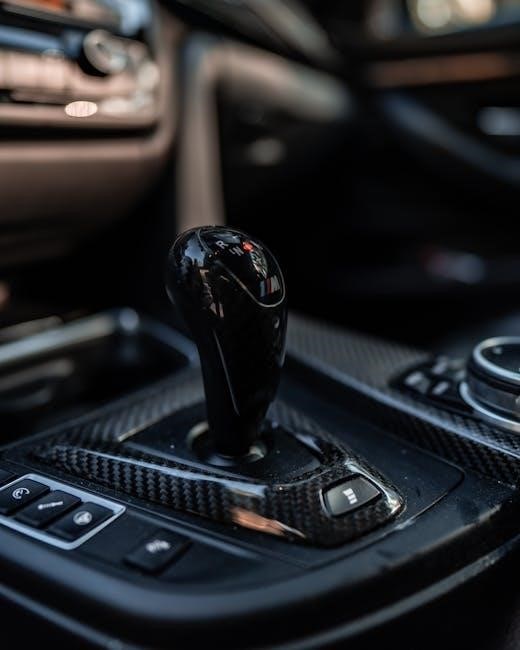
When selecting a remote starter for a manual transmission vehicle‚ prioritizing systems designed with specific features for manual cars is crucial. Two essential features stand out: manual transmission compatibility and neutral safety switch bypass. Manual transmission compatibility ensures the remote starter is engineered to handle the unique challenges posed by manual vehicles. This often includes advanced safety protocols to prevent accidental starts when the car is in gear.
A neutral safety switch bypass is another critical feature. This system confirms the car is in neutral before allowing the remote starter to engage. Some models also incorporate a clutch safety switch‚ requiring the clutch pedal to be fully depressed before starting. These features are paramount for preventing unintended movement and potential accidents.
Choosing a system with these safeguards significantly enhances safety and peace of mind. Reputable brands like Compustar offer models specifically designed for manual transmissions‚ incorporating innovative features like the DAS-II Security Sensor to ensure safe operation. Always verify the remote starter includes these essential features before installation.

Troubleshooting: Common Issues and Solutions
Installing a remote starter in a manual transmission vehicle can present unique challenges‚ leading to specific issues. One common problem is the system failing to start‚ often due to improper neutral safety switch installation or a faulty clutch bypass connection. Ensure these connections are secure and correctly wired according to the manufacturer’s instructions.
Another issue may involve the car starting in gear despite safety features. This could stem from a malfunctioning neutral safety switch or a bypassed system. Immediately disable the remote starter and consult a qualified technician to diagnose and rectify the problem. Regularly test the safety features to ensure they function correctly.
Interference with other vehicle systems can also occur. Check for any wiring conflicts and ensure the remote starter is compatible with your car’s specific make and model. If issues persist‚ professional assistance is recommended to avoid further complications or damage. Addressing these common issues promptly ensures safe and reliable remote starter operation.
Benefits and Precautions

Installing a remote starter in a manual transmission vehicle offers enhanced convenience‚ particularly in extreme weather conditions. Pre-warming or cooling the car becomes effortless‚ improving comfort and saving time. However‚ this convenience comes with significant responsibilities and potential risks.
Precautions are paramount. Always ensure the vehicle is in neutral and the parking brake is firmly engaged before using the remote start feature. Regularly inspect the neutral safety switch and clutch bypass system to confirm they are functioning correctly. Neglecting these safety measures can lead to dangerous situations‚ including accidental vehicle movement.
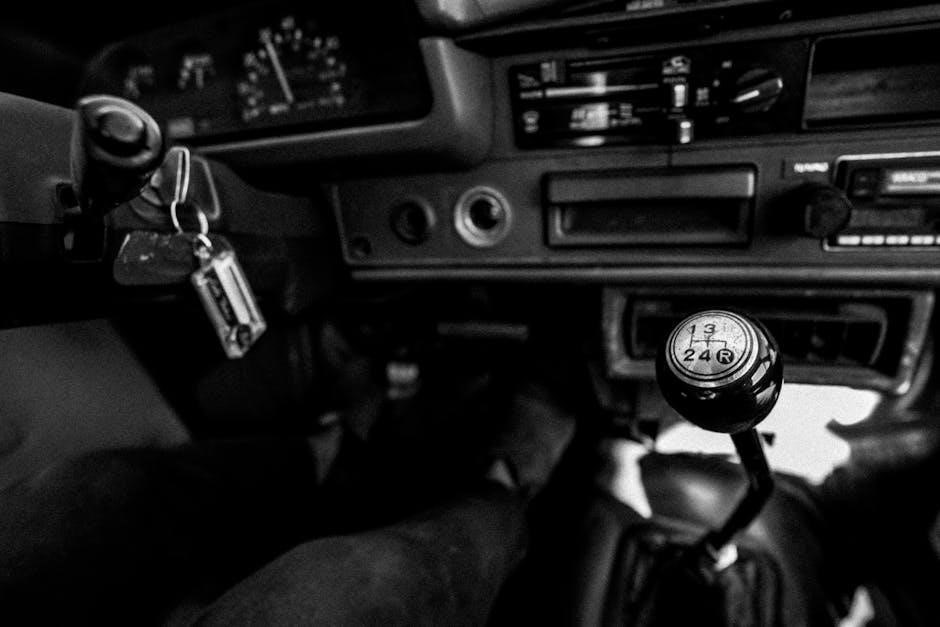
While advanced systems offer reliable safety features‚ human error remains a critical factor. Responsible usage and diligent maintenance are essential for mitigating risks. Consult with qualified technicians for installation and troubleshooting to ensure the system operates safely. By balancing the benefits with careful precautions‚ you can enjoy the convenience of a remote starter while minimizing potential hazards.
